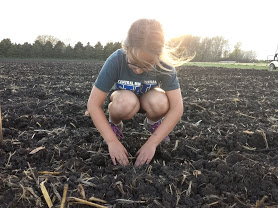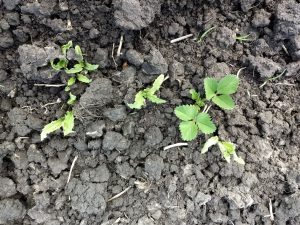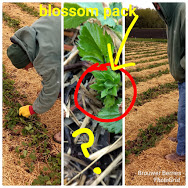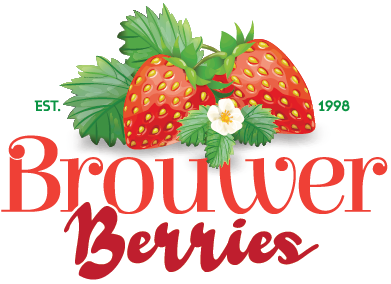
Sustainable Agriculture Grant: 2019-2021
Our crop advisor talks about soil as a grand symphony. He says that if all the parts are in balance, it will be like a symphony, and beautiful music will result. Our desire is to create a soil symphony that grows stupendous strawberries. Last fall, we applied for and received, from the State of Minnesota, a Sustainable Agriculture Demonstration Grant.
This grant has given us funding for soil measurement tools and other parts of a farming experiment to see if our soil symphony is singing in tune as we rotate strawberries, sheep and cover crop.
The grant abstract is below. Over the next three years, I will describe the steps we’ve taken to improve our soil, and the testing results we receive that will demonstrate our successes and failures.

Abstract:
We want to test the effectiveness of sheep grazing on grass cover crops as a method of improving soil health, reducing weed pressure, and increasing strawberry poundage per acre. We have tested grazing with cattle over a period of three years, and determined that using broadleaf covercrops gives us too much weed pressure and thistle growth in our strawberry fields. Cattle did successfully contribute to increased organic content in the soil, and many of our soil nutrient level readings increased. However, the wet soil around the water troughs was heavily compacted by the cattle, and baby strawberry plants would not grow in those areas.
It is our hope that sheep, being smaller, will not compact the wet soil around the cover crops, and that if we use strictly grass cover crops, we will be able to reduce weed pressure. We hope the sheep for meat will be profitable as an enterprise, and that the combination of sheep and a specialty crop will be useful for educational outreach.
Enterprises involved:
strawberries, sheep, cover crops, agritourism
Project Objectives:
- Strawberry Soil Improvement: We harvest each strawberry acre for two years, then let it rest in cover crops a full year before replanting strawberries. We would like to graze sheep on the cover crops, and document soil health through soil and sap tests over a period of three years. Maximizing soil health through cover crops and grazing will have a positive environmental benefit and potentially be profitable.
- Marketing Opportunity: We’ve joined the Pipestone Lamb and Wool Project. They have successfully demonstrated over 30 years that sheep can be raised for profit. We will be using their guidance and support to keep our flock healthy and productive. This will reduce our risk as farmers, because we’ll have two potential income streams, from strawberries and sheep.
- Education: I (Sarah) am a licensed educator, and already use social media and paid speaking engagements for agriculture education. We hope to invite the public and schools to our farm during the lambing season for education and agritourism. Many of our customers have shown interest in our cattle and cover crop system, and they are eager to learn more. I believe we have a unique platform in Minnesota to be able to speak to students, farmers and the general public, about our practices.

A few weeks after planting, Sarah spent 20 hours hand spraying thistle. They were so small, and she wanted to minimize any impact on the soil and strawberry plants, that she had to work extremely slowly, giving just one drop of Stinger to each thistle. What a pain. She hopes that sheep don’t stimulate thistle growth the way cattle did.

Blossom packs are produced in August the year before they are harvested. The quantity and quality of the bud packs is determined in large part by weather and soil. We cannot control the weather, but we can mitigate its’ effects by improving soil health.
It is our hope that by studying the effects of cover cropping and grazing, we can improve our soil health, and improve the profitability of our farm through both sheep and strawberries.

